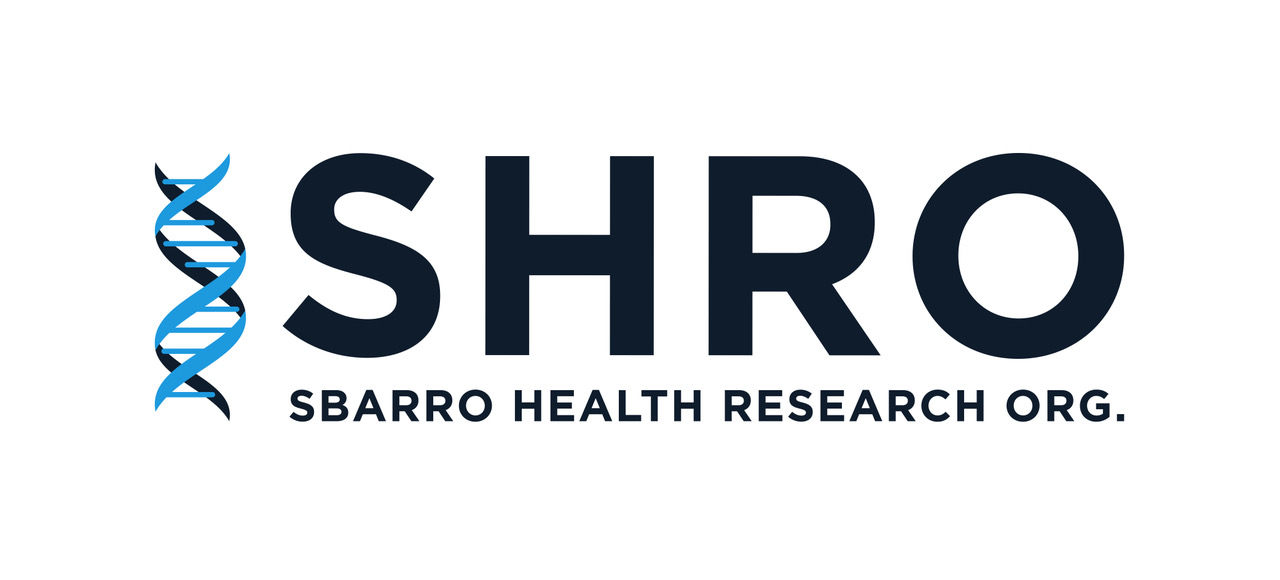Newswise — Understanding the molecular mechanisms that exist for cells to safeguard their genome against cancer-causing defects is crucial not only to understand how cancer arises but also because these mechanisms can be targeted therapeutically. Researchers have identified a new net of molecular interactions occurring within cells upon exposure to DNA damaging UV radiation. The team lead by Antonio Giordano, MD, PhD, Director and Founder of the Sbarro Health Research Organization at Philadelphia, PA (www.shro.org), published their findings in Oncotarget.
The study explores the mechanisms underlying the expression of NONO, a protein with different functions correlated to melanoma development and progression. The authors found that UV radiations trigger the activation of a tiny RNA molecule (microRNA320a), the purpose of which is not fully understand. Scientists believe microRNA320a plays an important role in the process which allows cells to survive various forms of DNA damage, given that its removal sensitizes cancer cells to UV-induced death. At the same time, however, they found that microRNA320a can target NONO for degradation.
“This was puzzling because we had previously shown that the cellular response to UV radiations relies on NONO for the activation of a cell cycle ‘checkpoint’, necessary to allow DNA repair upon damage,” says Francesca Pentimalli, PhD at the National Cancer Institute of Naples and Adjunct Professor at Temple University, Philadelphia, and group leader of Dr Giordano’s team. Delving further into these mechanisms the researchers found that HUR, an RNA binding protein, which coordinates gene expression at the mRNA level upon stress cues, binds NONO mRNA, competing with microRNA320a and protecting NONO from degradation. “Whereas the crucial role of HUR in directing the cell response to stress was previously recognized, the role of microRNA320a in this context was not known and we found that its expression is under direct control of p53, the main player in the cell response to DNA damage, defined as the ‘guardian of the genome’, which is mutated in more than half of human cancers,” Pentimalli says.
“Considering that many studies have identified p53 and also HUR alterations in cancer, and other studies are reporting NONO andmicroRNA320a alterations too, our findings could help to shed light on the molecular mechanisms of tumorigenesis, especially in tumours like melanoma, in which exposure to UV radiations plays such a prominent part,” say authors Caterina Costa, PhD, and Luigi Alfano, PhD, of the National Cancer Institute of Naples Pascale Foundation, Cancer Research Center of Mercogliano, Italy (CROM).
“Also, it will be useful to assess whether targeting microRNA320a could be used as a synthetic lethal approach to sensitize cancer cells to a variety of drugs that cause DNA damage, such as common chemotherapy agents,” concludes Antonio Giordano, who is also Professor of Pathology at the University of Siena and Director of the Sbarro Institute for Cancer Research and Molecular Medicine, at Temple University, Philadelphia.
